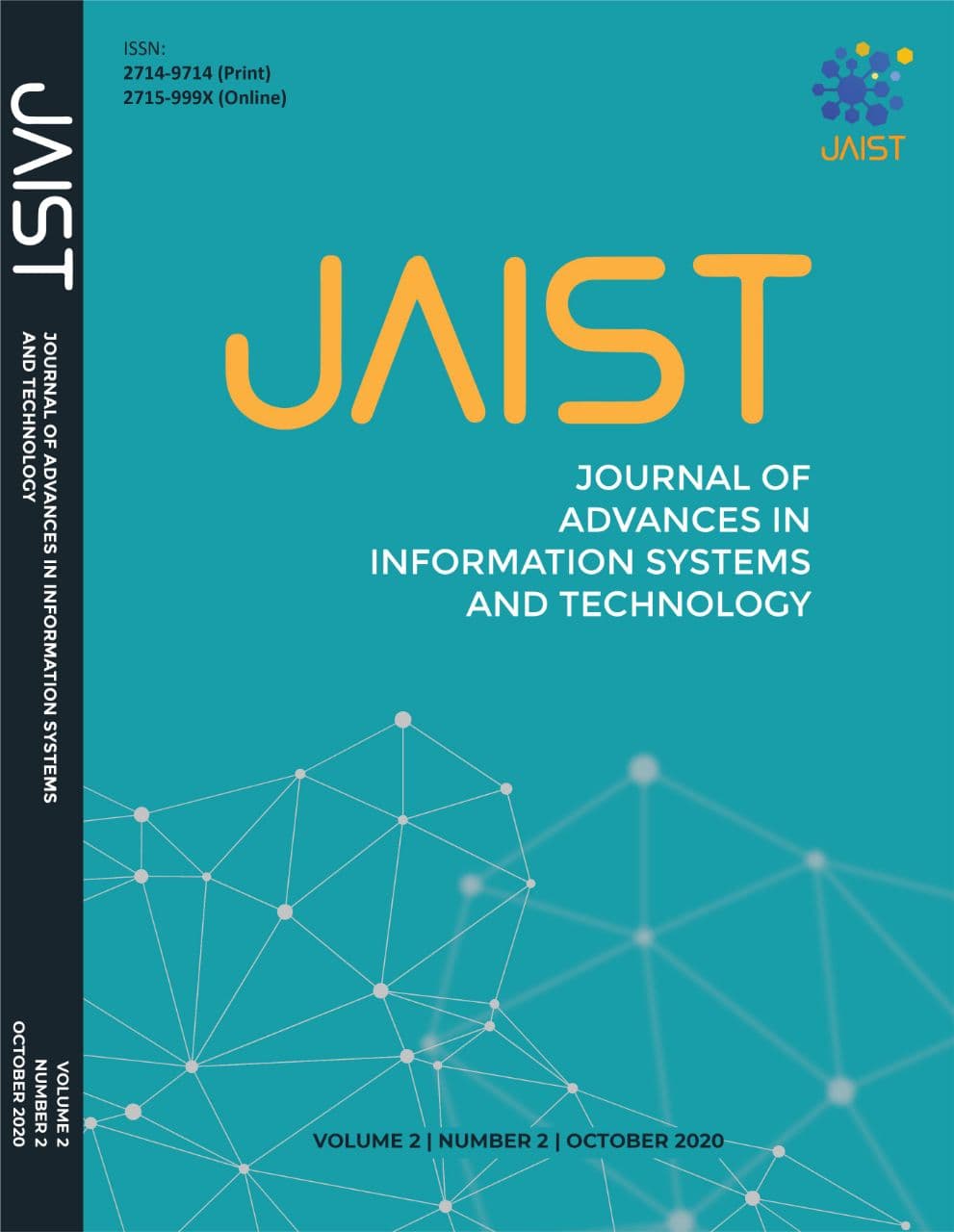Augmented Reality and Global Positioning System (GPS) for Indoor and Outdoor Navigation using Features from Accelerated Segment Test (FAST) Corner Detection Algorithm and A-Star Algorithm
Abstract
Digital technology is currently being developed for mobile devices. The widespread use of gadgets is one aspect that has led to a lot of research on device technology. In the last few years, the technology that is embedded in developing information delivery is augmented reality. Augmented reality technology is a technology that combines real-world space with virtual objects created using computer graphics. The augmented reality technology embedded in the device to find a location is Global Positioning System (GPS). GPS is a system of directions with the help of satellites that are interconnected and are in orbit. Universitas Negeri Semarang will accept new students every new academic year. Many new students and parents were confused about the building they would visit during the new student admission period. This problem refers to the lack of complete plans and location directions for buildings at Semarang State University. With these problems, the researcher proposes a solution in the form of augmented reality technology to make it easier for someone to find the location of a building or room that is combined with a GPS. The application of augmented reality can increase user interaction in finding locations. Location search using augmented reality will be supported with GPS to determine the location of buildings and the user's location so that the application can show directions to the desired location from where the user is. With augmented reality, the direction can be shown in digital form on the user's device screen. This application will be collaborated with the existing Universitas Negeri Semarang floor plan as a marker to indicate the location option to be directed then the application will show the direction. This system will support the delivery of existing information, namely the building location plan at Universitas Negeri Semarang.
Copyright (c) 2020 Journal of Advances in Information Systems and Technology

This work is licensed under a Creative Commons Attribution-ShareAlike 4.0 International License.


